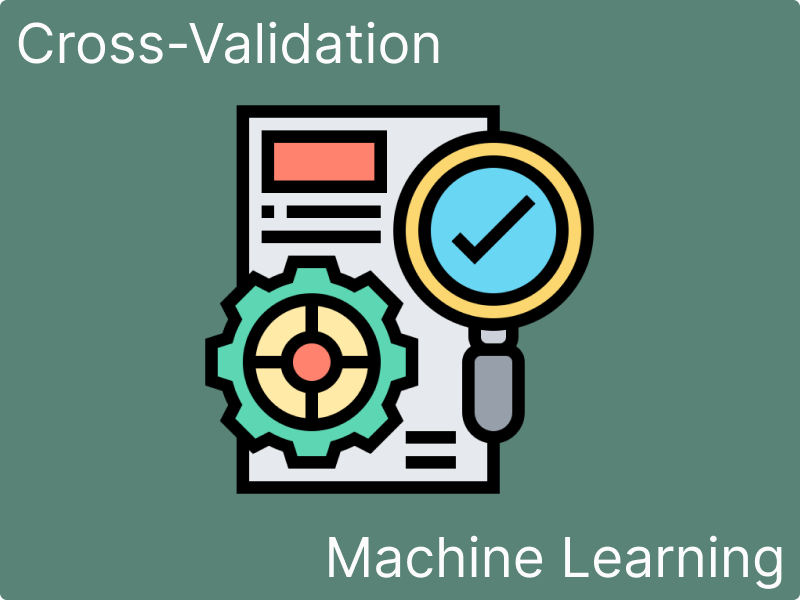Cross-validation is a crucial technique in machine learning for evaluating the performance of a predictive model. It involves partitioning the dataset into complementary subsets, performing the analysis on one subset (called the training set), and validating the analysis on the other subset (called the validation set or testing set). This process is repeated multiple times, typically called "folds," where each subset serves as both the training set and the validation set in different iterations. The goal is to assess how well the model generalizes to unseen data.
Meaning of Cross-Validation:
Cross-validation allows us to estimate how well a model will perform in practice. It provides a more accurate estimate of model performance than a simple train-test split because it utilizes multiple splits of the data, reducing the risk of bias from a particular random split.
Where and When Cross-Validation is Used:
Cross-validation is used in various machine learning tasks, including but not limited to:
-
Model Selection: Cross-validation helps in selecting the best model among a set of competing models by comparing their performance on different validation sets.
-
Hyperparameter Tuning: Cross-validation is used to tune model hyperparameters by selecting the values that result in the best performance across multiple validation sets.
-
Assessing Model Performance: Cross-validation provides a more robust estimate of a model's performance compared to a single train-test split.
Drawbacks of Cross-Validation:
-
Computational Cost: Cross-validation can be computationally expensive, particularly when dealing with large datasets and complex models, as the process involves training multiple models.
-
Data Leakage: Improper implementation of cross-validation can lead to data leakage, where information from the validation set leaks into the training process, leading to overly optimistic performance estimates.
Advantages of Cross-Validation:
-
Improving Model Evaluation: Cross-validation is a method to assess the performance of a model, which helps to avoid overfitting or underfitting.
-
Utilizes Entire Dataset: Cross-validation utilizes the entire dataset for training and validation, maximizing the use of available data.
Why Cross-Validation is Used:
Cross-validation is used to assess how well a predictive model will generalize to unseen data. It helps in selecting the best model, tuning model parameters, and avoiding overfitting or underfitting.
Improving Models with Cross-Validation:
-
Grid Search: Combine cross-validation with grid search to systematically search for the best combination of hyperparameters.
-
Stratified Cross-Validation: Use stratified cross-validation for imbalanced datasets to ensure that each fold has a similar distribution of target classes.
-
Nested Cross-Validation: Implement nested cross-validation to perform both hyperparameter tuning and model evaluation simultaneously, avoiding overfitting the hyperparameters to a single validation set.
-
Ensemble Methods: Combine predictions from multiple models trained on different cross-validation folds to improve overall performance.
-
Feature Engineering: Utilize cross-validation to assess the effectiveness of different feature engineering techniques, such as feature scaling, transformation, or selection.
Conclusion
To summarize, cross-validation is a vital technique in machine learning for evaluating and improving predictive models. By systematically partitioning the data and iteratively training and validating the model, cross-validation provides a robust estimate of a model's performance and helps in selecting the best deployment model.
If you enjoyed reading this article, please consider subscribing to the blog, leaving a comment, and sharing it with others.
Thank you.


